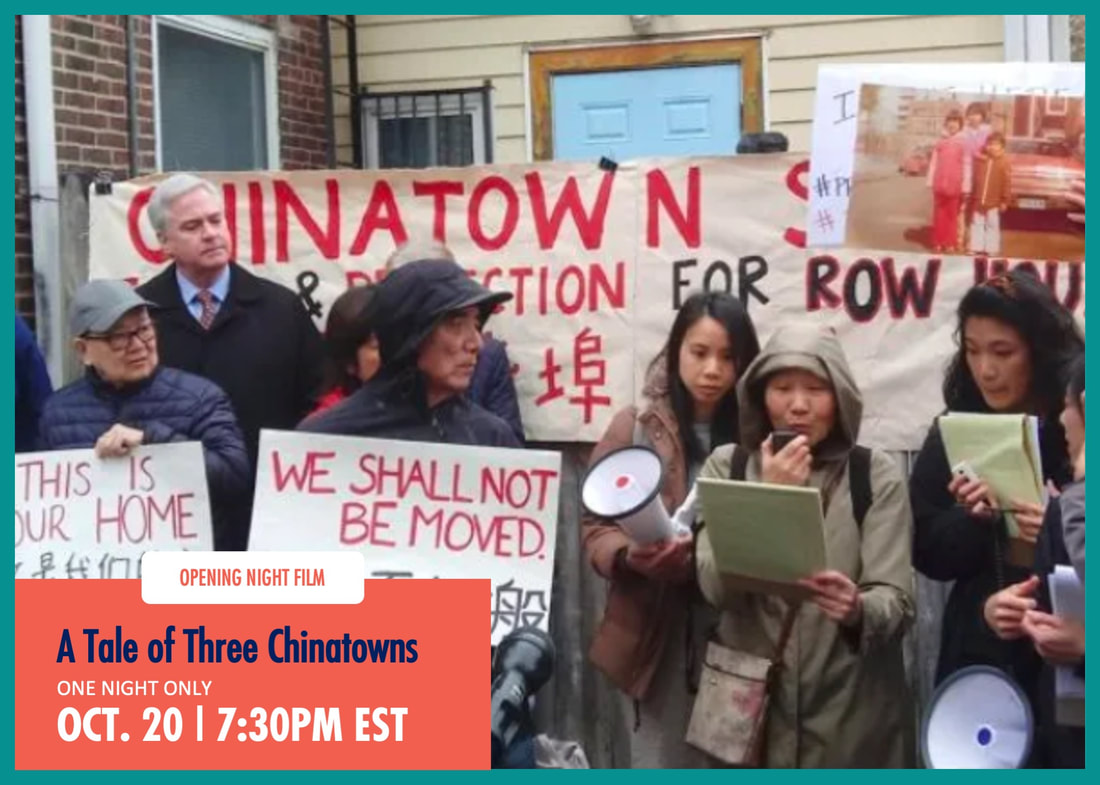Ultraman, e most well-known examples of the kaiju genre, along with Toho‘s[a] Godzilla series and Daiei Film‘s Gamera series. However, the series also falls into the Kyodai Hero subgenre of tokusatsu, a subgenre it also helped popularise.
In Japan, The Ultraman brand generated US$7.4 billion in merchandising revenue from 1966 to 1987,[2][3] equivalent to more than $18 billion adjusted for inflation. Ultraman was the world’s third top-selling licensed character in the 1980s, largely due to his popularity in Asia.[4] References to Ultraman are abundant in Japanese pop culture, much like references to Superman in U.S. culture.[2]

Ultraman, also known as the Ultra Series (Japanese: ウルトラシリーズ, Hepburn: Urutora Shirīzu), is the collective name for all media produced by Tsuburaya Productions featuring Ultraman, his many brethren, and the myriad monsters. Debuting with Ultra Q and then Ultraman in 1966, the series is one of the most prominent tokusatsu superhero genre productions from Japan, along with the Toei-produced series Kamen Rider, Super Sentai and the Metal Heroes. The series is also one of the most well-known examples of the kaiju genre, along with Toho‘s[a] Godzilla series and Daiei Film‘s Gamera series. However, the series also falls into the Kyodai Hero subgenre of tokusatsu, a subgenre it also helped popularise.
In Japan, The Ultraman brand generated US$7.4 billion in merchandising revenue from 1966 to 1987,[2][3] equivalent to more than $18 billion adjusted for inflation. Ultraman was the world’s third top-selling licensed character in the 1980s, largely due to his popularity in Asia.[4] References to Ultraman are abundant in Japanese pop culture, much like references to Superman in U.S. culture.[2]




